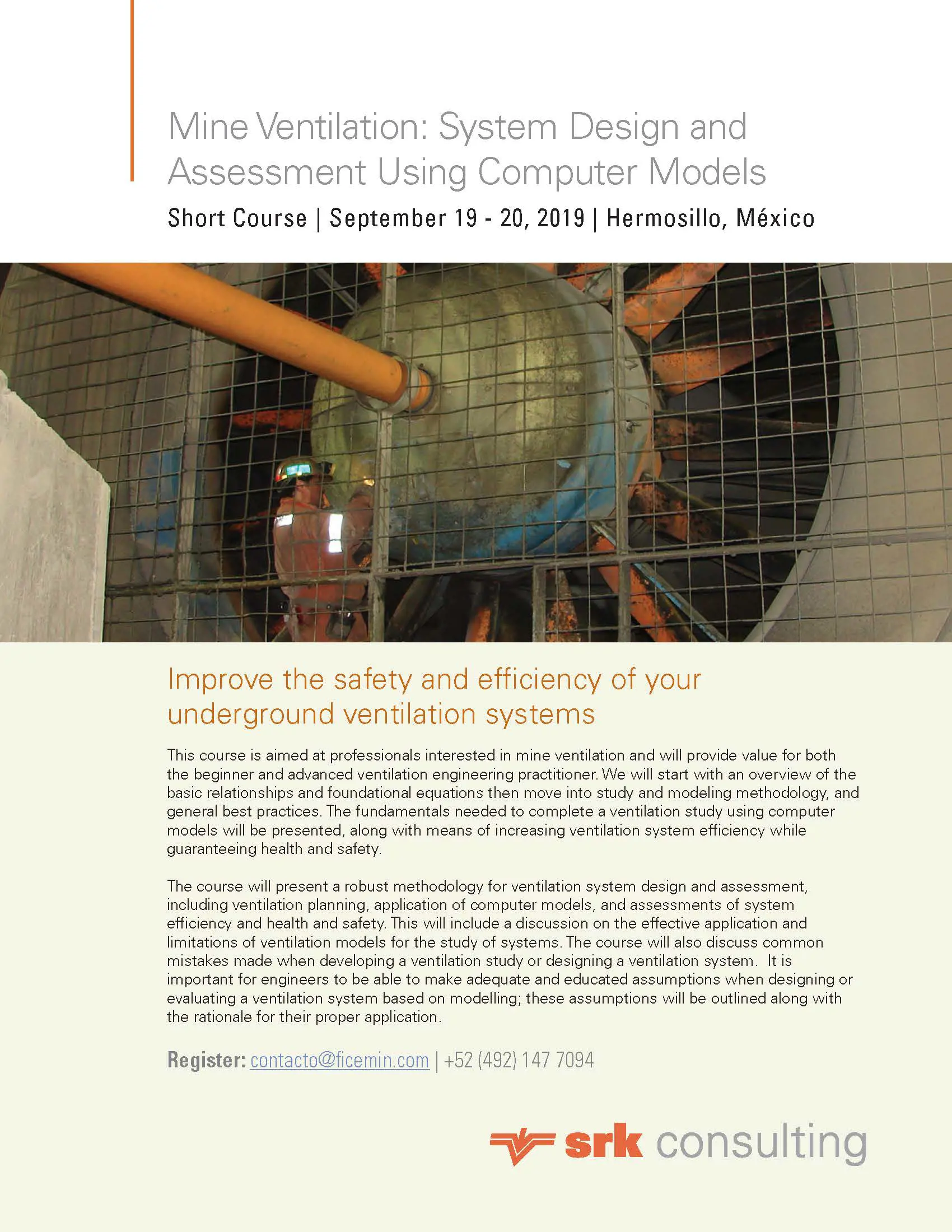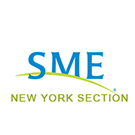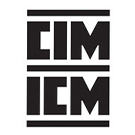This course is aimed at professionals interested in mine ventilation and will provide value for both the beginner and advanced ventilation engineering practitioner. We will start with an overview of the basic relationships and foundational equations then move into study and modeling methodology, and general best practices. The fundamentals needed to complete a ventilation study using computer models will be presented, along with means of increasing ventilation system efficiency while guaranteeing health and safety.
The course will present a robust methodology for ventilation system design and assessment, including ventilation planning, application of computer models, and assessments of system efficiency and health and safety. This will include a discussion on the effective application and limitations of ventilation models for the study of systems. The course will also discuss common mistakes made when developing a ventilation study or designing a ventilation system. It is important for engineers to be able to make adequate and educated assumptions when designing or evaluating a ventilation system based on modeling; these assumptions will be outlined along with the rationale for their proper application. (click to view the spanish page)



